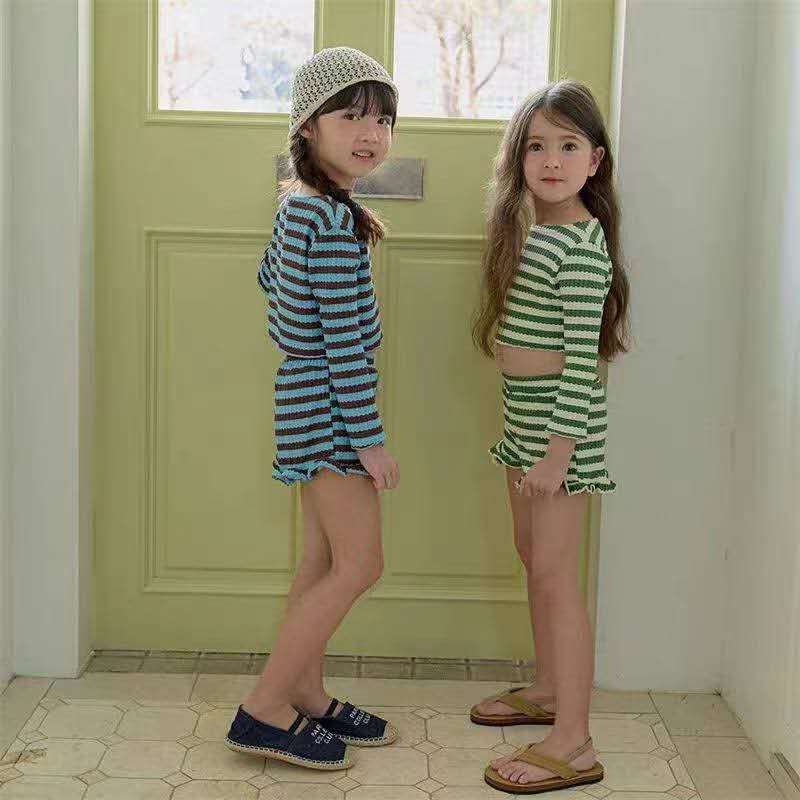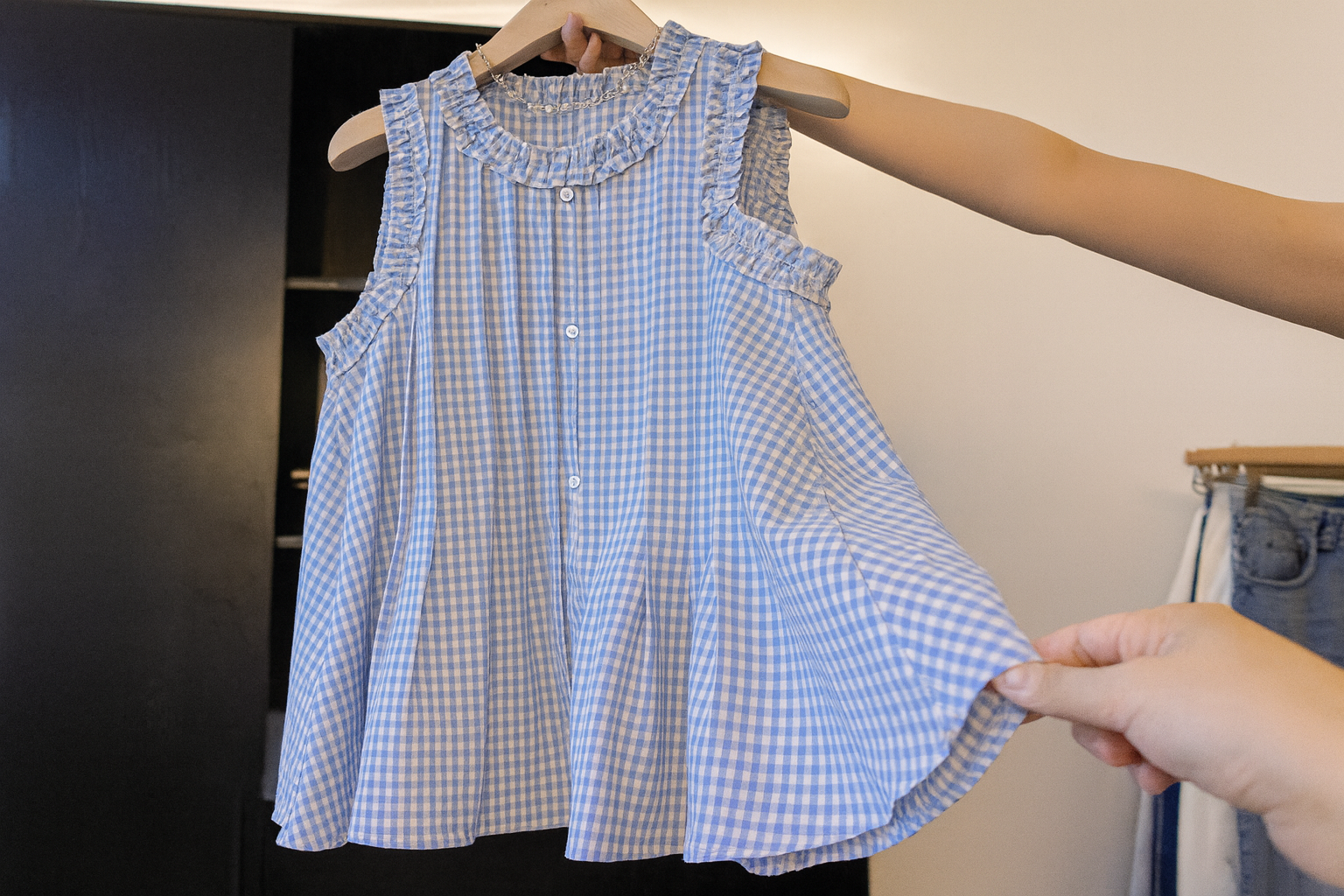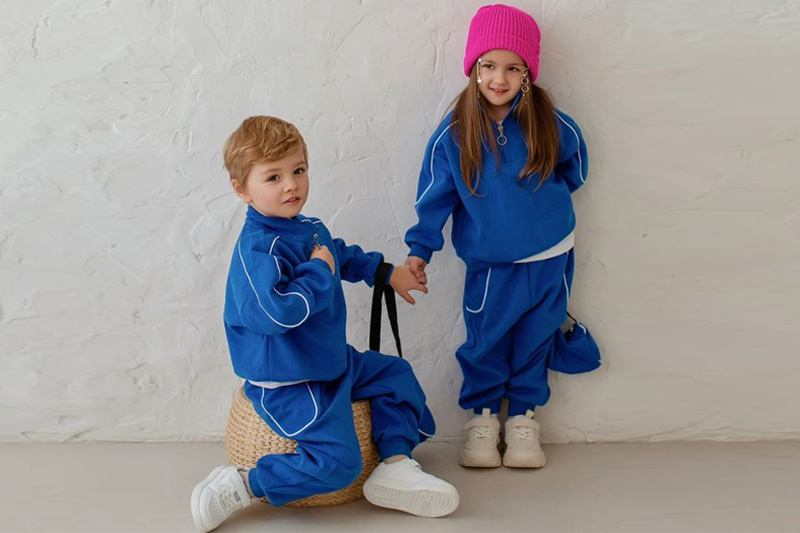Sizing for kids' clothing is more than just numbers—it’s about comfort, confidence, and trust. I’ve seen brands win parents’ hearts by getting fit right—and lose them when they miss the mark. As a brand owner, nailing your size chart means happier customers and fewer headaches with returns.
To determine sizing, children’s clothing brands must use real body measurements, market insights, age-related growth data, and fit testing to create accurate, reliable size charts that meet parent expectations. A smart mix of research, testing, and flexibility helps brands design clothes that really fit.
Let’s unpack how you can develop a sizing system that feels just right for parents and kids alike.
What key factors should a kids clothing brand consider when creating a sizing chart?
Your sizing chart is your brand’s promise: you’re saying, “This will fit nicely.” To keep that promise, several factors matter.
Brands should consider body measurements (height, chest, waist, hip), age groups, growth allowances, style type (fitted vs. loose), fabric stretch, and regional variation when building a sizing chart. These elements help ensure your clothes fit well across sizes and styles.
Dive deeper: Understanding the building blocks of a great size chart
Getting sizing right starts with numbers—but it doesn’t end there. Here's how to think like a pro:
1. Core Measurements You Need
Start with fundamental data:
- Height and weight – parents often shop by these.
- Chest, waist, hips – these define how tops and bottoms will fit.
- Shoulder width, arm length, inseam – crucial for outerwear and pants.
2. Age vs. Measurement
Age gives a ballpark—but kids grow unevenly. A 4-year-old might fit a size 3 for height yet need a size 5 in waist.
✅ Combine age with height and circumference to get a clearer fit.
3. Fabric & Style Influence
Think about how stretchy or structured your fabric is.
- Knit fabrics allow lean cuts.
- Woven fabric may need extra room.
Plus, tailored styles—like dresses—need different sizing than casual tees.
4. Growth Room
Parents expect room for growth.
- Add growth allowance in key areas: chest +3 cm, waist +2 cm, inseam +1 cm.
This gives comfort plus extra wear cycles.
5. Regional Differences
Kids in North America might need slightly roomier fits than kids in parts of Asia or Europe.
- Adjust size charts based on regional body data.
6. Creating & Presenting Your Chart
Organize your chart clearly:
| Size | Height (cm) | Chest (cm) | Waist (cm) | Inseam (cm) |
|---|---|---|---|---|
| S (2–3y) | 92–98 | 54–56 | 52–54 | 39–42 |
| M (4–5y) | 104–110 | 58–60 | 54–56 | 45–48 |
Display tips:
- Use clear age and measurement ranges
- Include notes on stretch or fit style
- Show a size chart link on product pages
7. Iteration Cycle
Your first chart won’t be perfect.
- Collect customer feedback—returns, fit reviews, social photos.
- Tweak measurements by 0.5–1 cm to fine-tune fit.
Conclusion
Sizing well means caring about comfort, growth, and clarity. Use real data, test your charts, and adjust regularly. Do it right, and your brand becomes the one parents trust—again and again. Quality fit = loyal customers.



